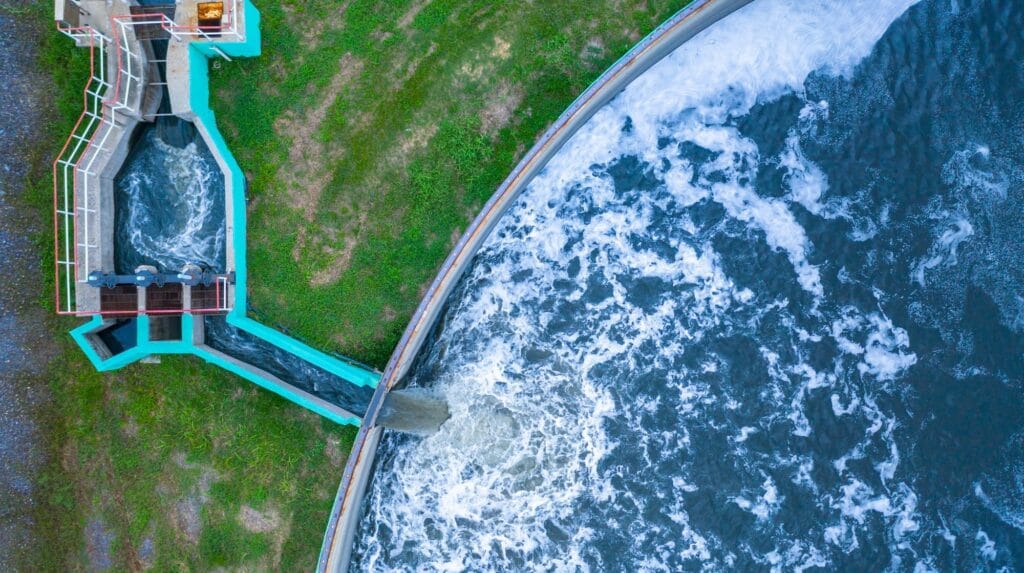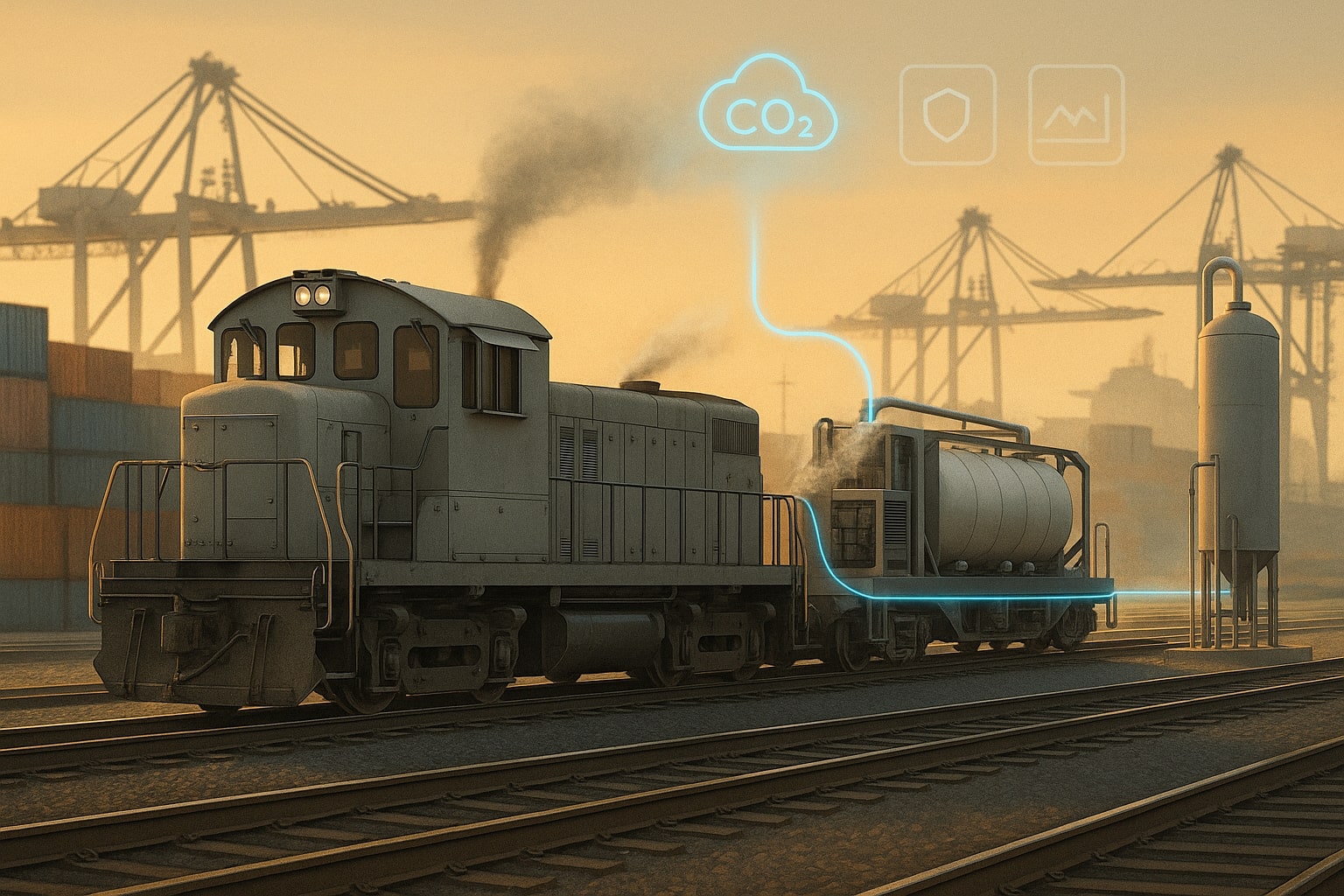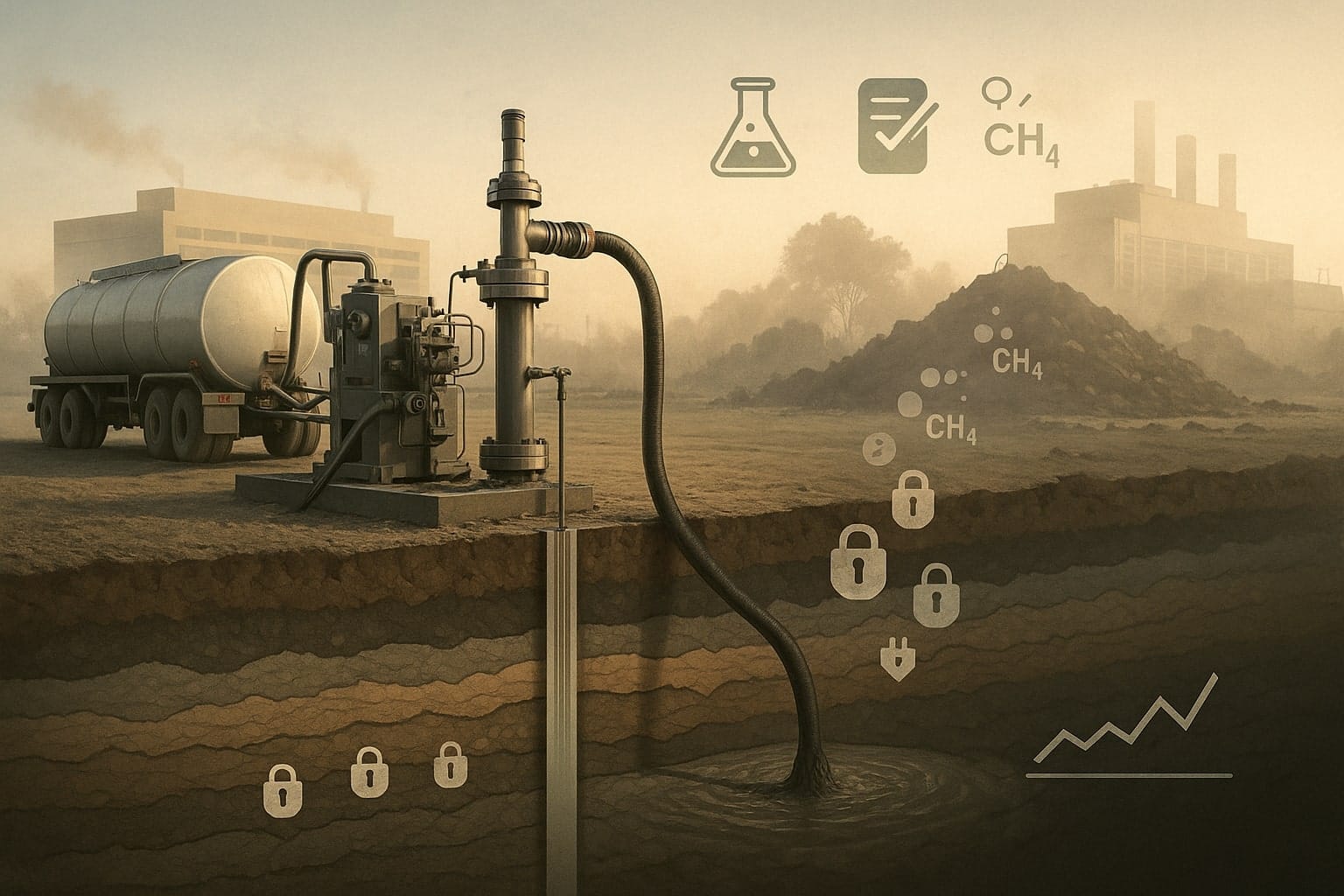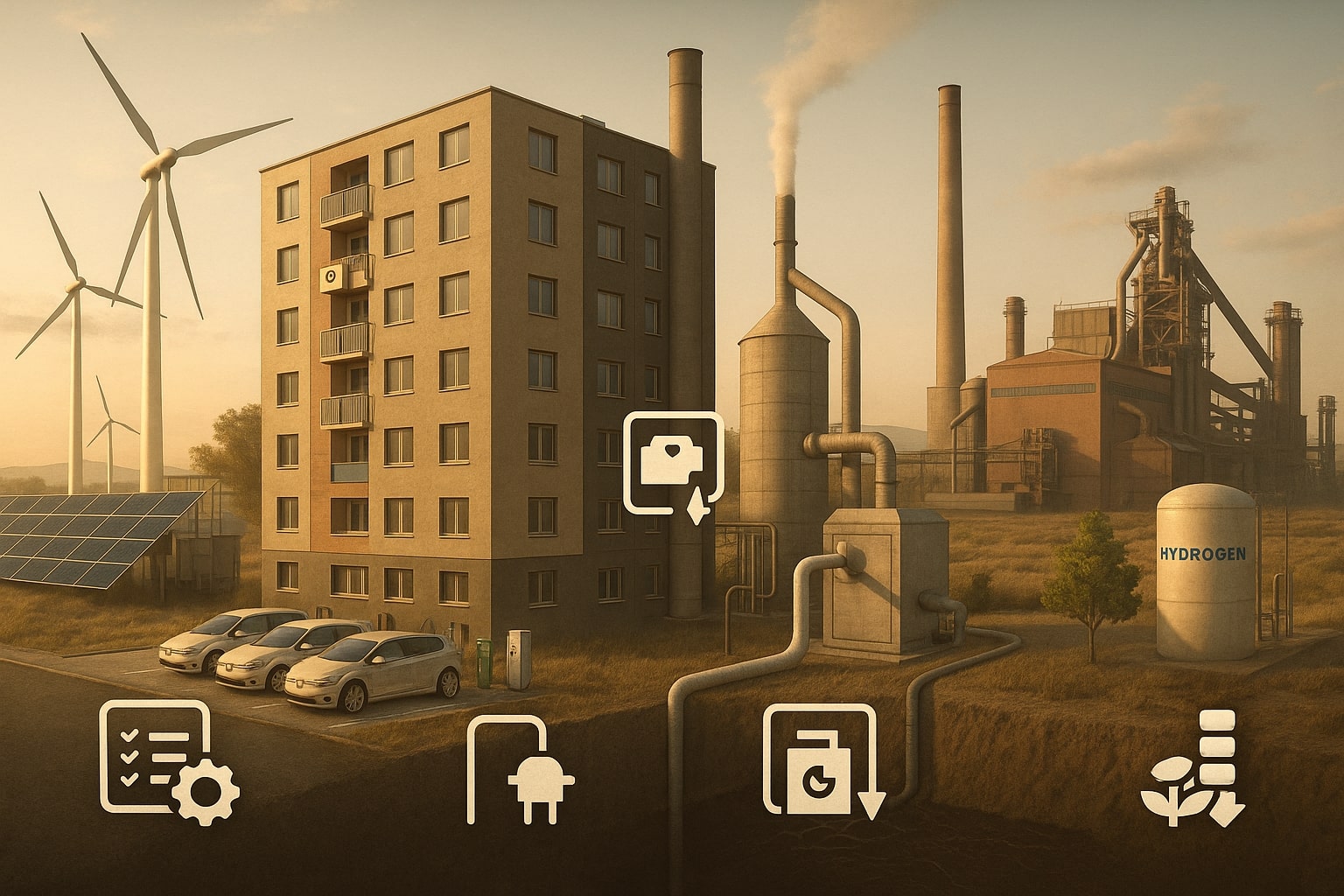The Tijuana River sewage crisis has emerged as a significant environmental and public health concern, affecting communities along the U.S.-Mexico border. Originating from Tijuana, Mexico, untreated sewage and industrial waste have been contaminating the Tijuana River, which flows into the Pacific Ocean near San Diego, California. This pollution has led to prolonged beach closures, health risks, and environmental degradation in the region. Recent initiatives, including substantial federal funding and collaborative efforts between the U.S. and Mexican governments, aim to address and mitigate this ongoing crisis.
Table of Contents
ToggleBackground of the Crisis
The Tijuana River originates in Mexico and traverses approximately 120 miles before crossing into the United States, ultimately emptying into the Pacific Ocean near Imperial Beach, California. Rapid urbanization in Tijuana has outpaced the development of adequate wastewater infrastructure, resulting in the discharge of untreated sewage and industrial waste into the river. Over the past five years, more than 100 billion gallons of contaminated water have flowed into the Tijuana River, significantly impacting the environment and public health in Southern California.
The crisis has been exacerbated by infrastructure failures on both sides of the border. In Tijuana, aging and overburdened sewage systems have frequently malfunctioned, leading to spills and overflows. On the U.S. side, the South Bay International Wastewater Treatment Plant, designed to treat sewage from Tijuana, has struggled with capacity issues and maintenance challenges. These factors have contributed to the persistent pollution of the Tijuana River and adjacent coastal areas.
Current Impact on the Environment and Public Health
Environmental Impact
The continuous discharge of untreated sewage has led to severe environmental degradation along California’s coastline. Beaches in the South Bay, including Imperial Beach, have faced closures for over 1,000 consecutive days due to high levels of bacteria from sewage contamination. Marine ecosystems have suffered, with pollutants affecting water quality and threatening wildlife habitats. The Tijuana River Estuary, a critical ecological zone, has experienced significant degradation due to the influx of contaminants.
Public Health Risks
The pollution poses substantial health risks to local communities. Exposure to contaminated water has been linked to gastrointestinal illnesses, respiratory issues, and skin infections. Recent studies indicate that toxic chemicals and microbes from the sewage can become airborne, posing additional health risks to nearby communities. Researchers have detected harmful gases like hydrogen sulfide and hydrogen cyanide in the air, leading to recommendations for residents to stay indoors. The Centers for Disease Control and Prevention (CDC) has initiated health assessments in the South Bay area to investigate the impact of sewage pollution from the Tijuana River.

Recent Efforts and Funding Allocations
In response to the escalating Tijuana River sewage crisis, significant efforts and funding have been mobilized to address the issue:
- Federal Initiatives: In September 2023, the U.S. Environmental Protection Agency (EPA) and the U.S. International Boundary and Water Commission (IBWC) committed to rehabilitate and expand the South Bay International Wastewater Treatment Plant in San Ysidro, California. This project aims to enhance the plant’s capacity to treat sewage flows from Tijuana, thereby reducing pollution in the Tijuana River Valley. The federal government has allocated $453 million for these critical upgrades, with $103 million secured in 2024 and $350 million in 2023.
- State Investments: Since 2019, California has invested $35 million to combat pollution in the Tijuana River Valley. These funds support various projects, including:
- $1 million for Tijuana River Valley Recovery Team projects.
- $9 million for operating and maintaining Goat Canyon sediment and trash basins.
- $4.7 million for the Tijuana River Trash Boom pilot project.
- $14.25 million for the Smuggler’s Gulch Improvement Project.
- $3.3 million for the Tijuana River Valley Habitat and Hydrology Restoration Project.
- $3 million to develop a model forecasting pathogen presence in San Diego coastal and tidal waters.
- Binational Collaboration: In August 2022, the U.S. and Mexico signed Minute 328, an agreement outlining sanitation projects to be constructed in San Diego and Tijuana. The U.S. government committed $330 million, while the Mexican government allocated $144 million. These projects aim to reduce transboundary wastewater flows by 50% and untreated wastewater discharges to the Pacific Ocean by 80% by the end of 2027.
Community and Government Response
The Tijuana River sewage crisis has prompted significant responses from both community leaders and government officials:
- Local Advocacy: Imperial Beach Mayor Paloma Aguirre has been a vocal advocate for addressing the pollution, highlighting its disproportionate impact on working-class and predominantly brown communities. She emphasizes that if the crisis were affecting wealthier areas, it might have been resolved more swiftly.
- Government Actions: In October 2024, the San Diego City Council approved a resolution asking the federal government to declare the Tijuana River sewage issue a national emergency. This move aims to secure additional resources and expedite solutions to the ongoing pollution.
- Health Assessments: The Centers for Disease Control and Prevention (CDC) initiated health assessments in the South Bay area to investigate the impact of sewage pollution from the Tijuana River. This involves interviewing over 200 households to gather information on health concerns related to the contamination.
Challenges and Setbacks
Despite concerted efforts, several challenges and setbacks have hindered progress in resolving the Tijuana River sewage crisis:
- Infrastructure Failures: The South Bay International Wastewater Treatment Plant has faced capacity issues and maintenance challenges, limiting its ability to effectively treat sewage flows from Tijuana. Additionally, infrastructure failures in Tijuana have led to frequent spills and overflows, exacerbating the pollution.
- Funding Limitations: While significant funds have been allocated, the scale of the problem requires sustained financial commitments. The International Boundary and Water Commission (IBWC) has indicated that an additional $200 million is needed to complete the expansion of the South Bay plant.
- Bureaucratic Delays: Complexities in binational coordination and bureaucratic processes have slowed the implementation of solutions. Ensuring timely action requires streamlined procedures and effective collaboration between U.S. and Mexican authorities.
Addressing these challenges is crucial to effectively mitigate the environmental and public health impacts of the Tijuana River sewage crisis.
Future Outlook and Possible Solutions
Addressing the Tijuana River sewage crisis requires a multifaceted approach, combining immediate interventions with long-term strategies:
- Infrastructure Enhancements: The expansion of the South Bay International Wastewater Treatment Plant is a pivotal step. Once completed, it is expected to significantly reduce untreated sewage flows into the Pacific Ocean, improving water quality and public health outcomes.
- Binational Collaboration: Sustained cooperation between the U.S. and Mexico is essential. The implementation of Minute 328, which outlines joint sanitation projects, aims to cut transboundary wastewater flows by 50% and untreated discharges by 80% by the end of 2027.
- Community Engagement and Monitoring: Involving local communities in decision-making processes and establishing robust monitoring systems can ensure transparency and accountability. Public health assessments, like those initiated by the CDC, are crucial for understanding and mitigating health risks associated with the pollution.
Conclusion
The Tijuana River sewage crisis underscores the complex interplay between environmental degradation and public health. While recent funding and collaborative efforts mark significant progress, the path to resolution demands continued commitment, innovation, and cooperation. Protecting the health and well-being of border communities and preserving the ecological integrity of the region remain paramount.












